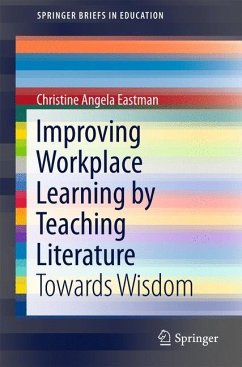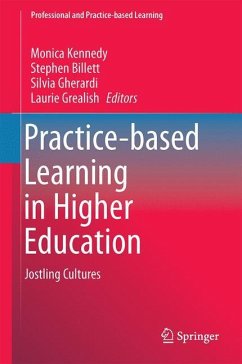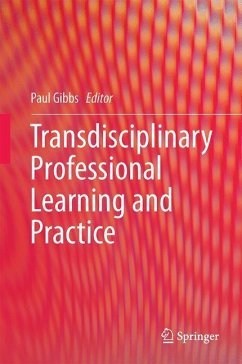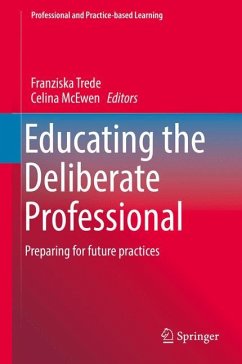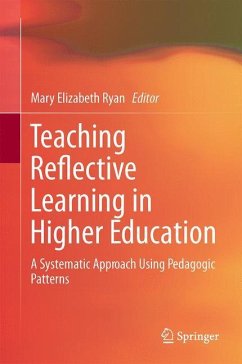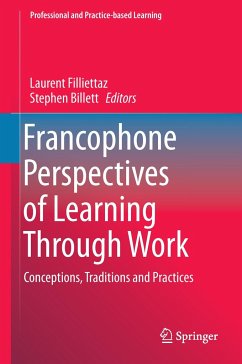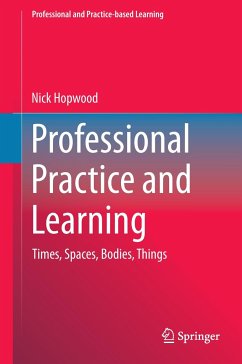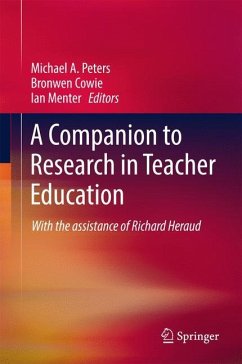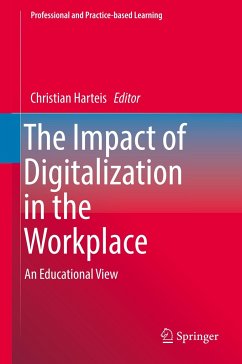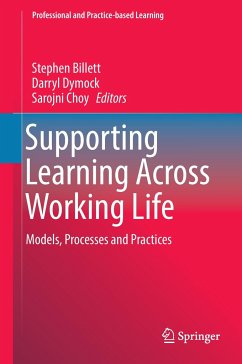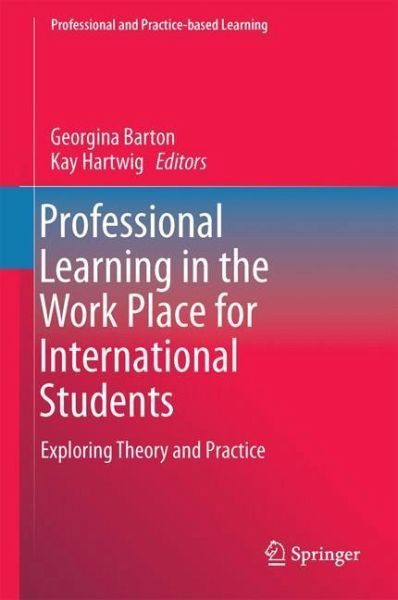
Professional Learning in the Work Place for International Students
Exploring Theory and Practice
Herausgegeben: Barton, Georgina; Hartwig, Kay

PAYBACK Punkte
38 °P sammeln!
This book shares a range of examples where international students have undertaken a work placement, practicum, internship or participated in work integrated learning. Contributions reflect on the successes and challenges that this particularly diverse group of students experience when undertaking work placement programs in a variety of disciplines, such as education, engineering and health. The book explores these experiences via three main conceptualisations: 1. Internationalisation and interculturalisation - including the diversity of international student cohorts and the associated policy, ...
This book shares a range of examples where international students have undertaken a work placement, practicum, internship or participated in work integrated learning. Contributions reflect on the successes and challenges that this particularly diverse group of students experience when undertaking work placement programs in a variety of disciplines, such as education, engineering and health. The book explores these experiences via three main conceptualisations: 1. Internationalisation and interculturalisation - including the diversity of international student cohorts and the associated policy, practices and assessment related to international students in higher education; 2. Multi-socialisation - of international students with a focus on new cultural contexts, professional learning and disciplinarity; and 3. Reflection and reflective practice - acknowledging that for improvement and change to occur those involved need to reflect on current and possible future practice. A working model of effective practice is introduced which can inform prospective international students, their mentors/supervisors, work placement coordinators and other relevant university staff.



